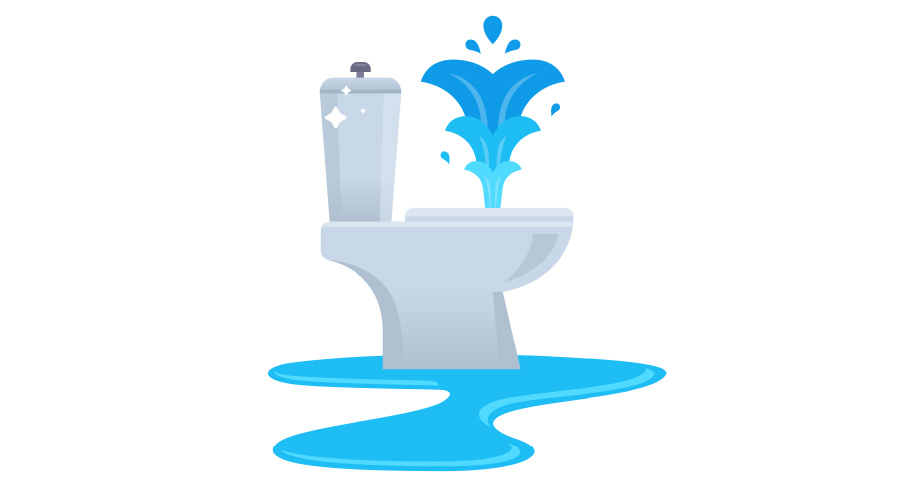
Nearly 540 million children globally go to a school with no usable toilet, affecting them physically and emotionally during crucial education years. New research from Economist Impact reveals that almost half of these children are affected by 'toilet loss' — toilets have been built in their school, but they have been lost and are not usable due to lack of operation and maintenance (O&M). This hidden worldwide problem puts school infrastructure maintenance sharply in focus.
Economist Impact's year-long study supported by Unilever across Ecuador, India, Nigeria and the Philippines found that poor maintenance led to 1.2 million 'lost' school toilets; that's toilets that have been built but are no longer usable. This equates to a combined infrastructure loss of US$1.9 billion and a societal and economic cost amounting to US$10 billion. The four countries, indicative of others worldwide, could be 10 percent closer to the goal of providing all children access to usable school toilets if toilet construction had been supported by maintenance.
'Toilet Loss' is a new way of quantifying the societal and economic cost of neglected toilets. This is the first time the far-reaching cost of poorly maintained school toilets has been quantified, incorporating healthcare expenditures for children sick with infections caused by poor sanitation, reduced family income from missed work and lost economic activity. As an example, Nigeria could see gains of US$6.7 billion arising from 6 million fewer cases of diarrhea and 7 million additional jobs, if the toilets that have been built stop being lost.
The world needs 20 million additional toilets to reach the 2030 Sustainable Development Goal of universal sanitation in schools. Economist Impact analysis shows that eight million of those are currently 'lost' because they were built with no plan to maintain them.
Researchers from Economist Impact studied multiple investment approaches to meet this goal. They found that the most efficient and equitable way to accelerate progress is through a combination of smart investment in O&M and new construction, namely to ensure all toilets built always have a maintenance plan. In most countries, such a maintenance plan requires one additional cent of every dollar spent on education to make clean and safe toilets for all school children a reality by 2030, the study found.
Economist Impact's in-depth analysis of Ecuador, India, Nigeria and the Philippines found that all four countries made significant progress since the establishment in 2015 of the SDG goals for access to sanitation in schools, but more progress is needed. Across all countries, fully investing in maintenance of the already constructed toilets would prevent Toilet Loss and continue building on the progress made so far.
The entire report can be accessed here.

 The Down and Dirty on Cleaning in Virus Season
The Down and Dirty on Cleaning in Virus Season How Surfactant Use is Expanding in Commercial Cleaning
How Surfactant Use is Expanding in Commercial Cleaning